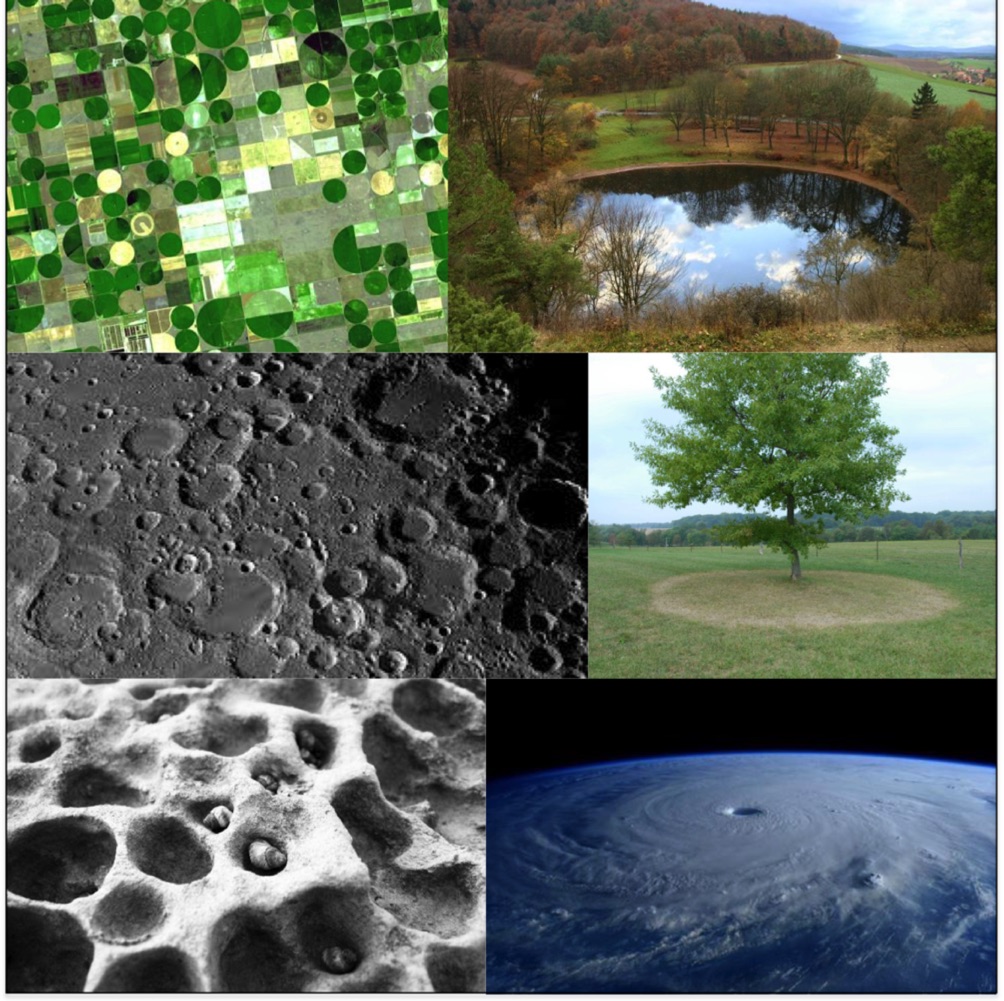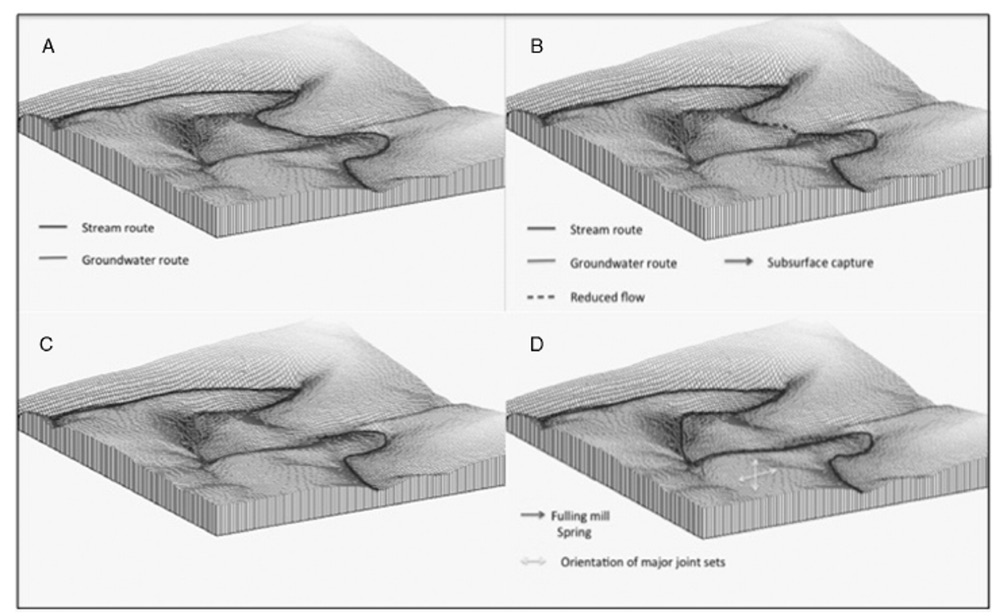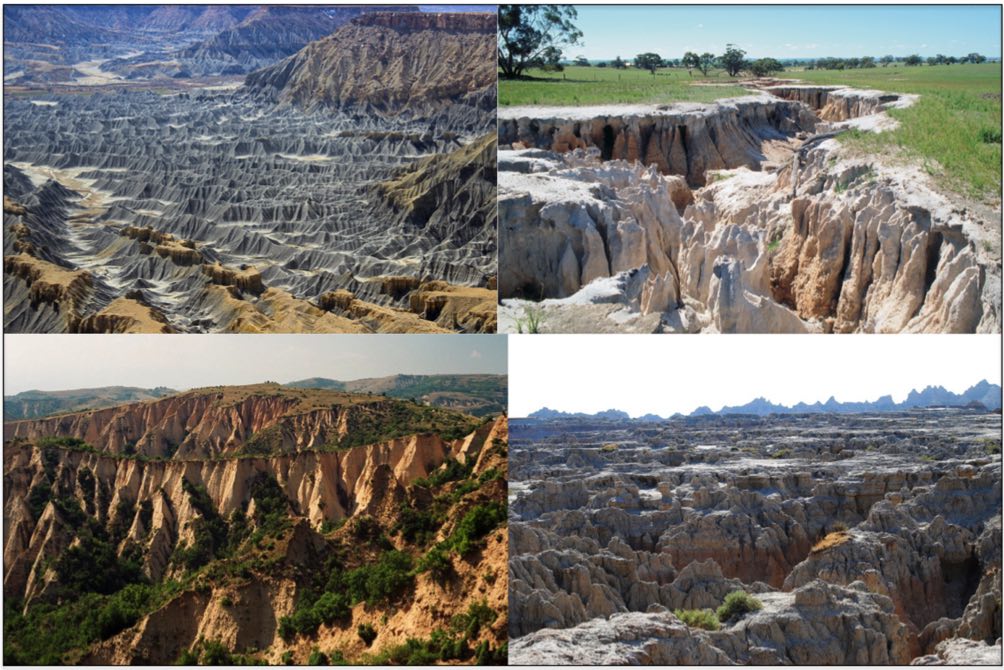The Stories We Could Tell 2
Each account of landscape evolution, development, or history--whether narrative, chronology, model, or otherwise--is considered a story. Each story implies a beginning (starting point, initial condition, genesis), a middle, and an end. The middle includes the processes, transformations, or pathways connecting the beginning to the end. The end may be a final state, culmination, or conclusion per se, or the contemporary or observed state at a given point in time.
The evolutionary path (EP) described by each story is presumed to exist, and thus has one beginning, one middle, and one end. A complete story includes an account of all three. However, many scientific stories are incomplete, and may include only two of the three elements, with the third conjectured or inferred. For example, an initial condition and end state may be known, but the processes or transitions between them unknown. Or the processes or changes may be known, but either the initial state or end point unknown. Thus, while a complete story has one each of beginning, middle and end, an incomplete story may have >1 potential, unknown, or conjectured beginnings, middles, or ends.

Circular landform features, each of which is a complete story, with a single known beginning (cause), middle (formation and development process), and end (observed form). Clockwise from upper left: Crop patterns due to center-pivot irrigation, karst doline, soil and understory vegetation patterns associated with tree canopy shading and dripline; eye of a hurricane; weathering pits on rock surface; lunar craters.
Each EP may have >1 associated stories. This may be due to different perceptions, motivations, etc. (Rashomon effect), or due to multiple occurrences of certain EPs. Where N multiple stories exist, nb, nm, ne are the total number of recorded or purported beginnings, middles and ends.
If all stories are complete,
nb, nm, ne < N
If stories are incomplete, nb, nm, ne could be > N.

Evolution of Icicle Bend, Shawnee Run, Kentucky from Jerin and Phillips, 2017. This is an incomplete story. The observed condition (D) and the reconstructed initial condition (A) are known, so nb, ne = 1. However, nm > 1, as B and C are inferred and the details are uncertain.
Where nb, nm, or ne, are all equal to N, stories are unique. Where nb, nm, ne < N, and especially where n << N (indicating that occurrences in multiple stories is not coincidental), there exists repetition.
nb, nm > ne indicates convergence
nb, nm > ne = 1 indicates equifinality
nb < nm, ne indicates divergence

Examples of badland erosional topography, illustratring equifinality. If “badland” is considered the end of the story (ne = 1), the different starting points and erosion histories indicate nb, nm > 1.
This is how I sought to map the idea of storytelling to some of the key themes in my forthcoming landscape evolution book, but wasn’t quite able to fit them in.
_______________________________________________________________
Jerin, T., Phillips, J.D., 2017. Local efficiency in fluvial systems: Lessons from Icicle Bend. Geomorphology 282: 119-130.
Posted 3 December 2020
Send comments or questions to jdp@uky.edu
